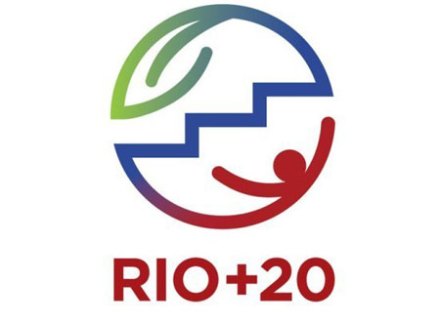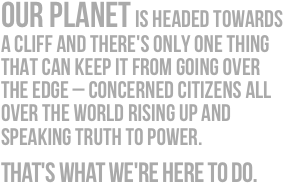As we are now only 3 weeks away from crucial climate change negotiations in Bangkok (which will set the stage for this years 18th Conference of the Parties, in Doha), US Special Envoy on climate change – Todd Stern – has dropped a bit of a bomb during a speech at Dartmouth. Rather than stick to what the science demands, and limit global warming to 2 degrees celcius, Mr Stern is advocating for a DIY-style pledge and review system. Rather than honouring what had been agreed 20 years ago in the Climate Convention, and fleshed out in the 1997 Kyoto Protocol, Mr Stern wants to treat China and India like first world nations. As Bob Marley said, "in this bright future, you can't forget your past." So let us not forget where the historical responsibility for climate change lays.
The following is a cross post from the always excellent RTCC blog and the original can be seen here
"US says two degree guarantee should be dropped by global climate change deal"
by RTCC Staff
The 2°C guarantee should be dropped from the global climate change deal to allow for more flexibility and avoid deadlock, US Special Envoy for Climate Change Todd Stern has said.
Speaking at Dartmouth College he said removing the 2°C specification from the agreement would allow countries to get on with actions to limit climate change now while leaving it open for further ambition at a later date.
“It is more important to start now with a regime that can get us going in the right direction and that is built in a way maximally conducive to raising ambition, spurring innovation and building political will,” he said adding that insisting on an agreement that would guarantee the 2°C limit would only lead to deadlock.
The 2°C target, which all countries signed up to at the Copenhagen climate conference in 2009, follows from the work of the Intergovernmental Panel on Climate Change looking at the impacts of climate change which surpasses this limit.
In Durban last December, countries signed up to the UNFCCC, agreed to put together aglobal climate agreement by the end of 2015 to be effective in 2020.
The next meeting, taking place in Doha, Qatar this December will continue these talks.
A ‘flexible’ agreement should begin with countries submitting their own targets to the UNFCCC, said Stern, with an opportunity for public consultation after six months to help drive ambition further.
He said a ‘highly prescriptive’ climate agreement would be hard to agree to for all countries who could see this as a hindrance to growth and development, but that a new deal should be flexible enough to allow for modification as technological advancements make emissions reductions easier in the future.
“The key to making headway in this early conceptual phase of the new agreement is to be open to new ideas that can work in the real world and to keep our eyes on the prize of reducing emissions rather than insisting on old orthodoxies,” he said.
He told the crowd that the negotiations were at an ‘interesting juncture’ following the results in Durban – which saw all countries agree to be part of a future deal setting out climate change targets.
It would be impossible to set out a new legal target which didn’t include the developing world, alongside the developed world, he told the audience, adding that securing Senate support in the US is difficult enough but would be impossible if the likes of China were not included in the global agreement.
“You can not build a system that treats China like Chad, when China is the world’s second largest economy, largest emitter, second largest historic emitter, [and] will be twice the size of the US in emissions in a few years,” he said.




